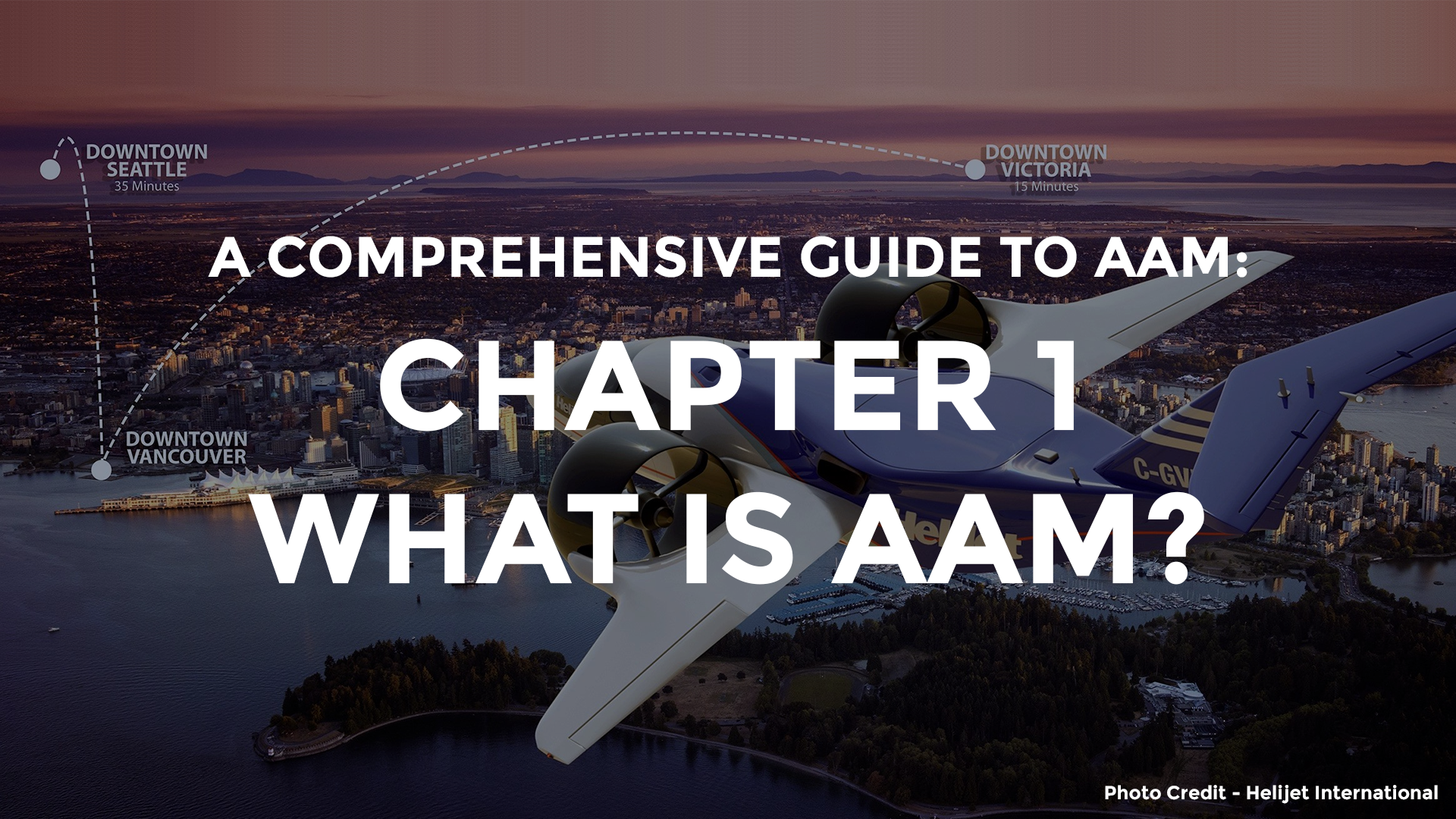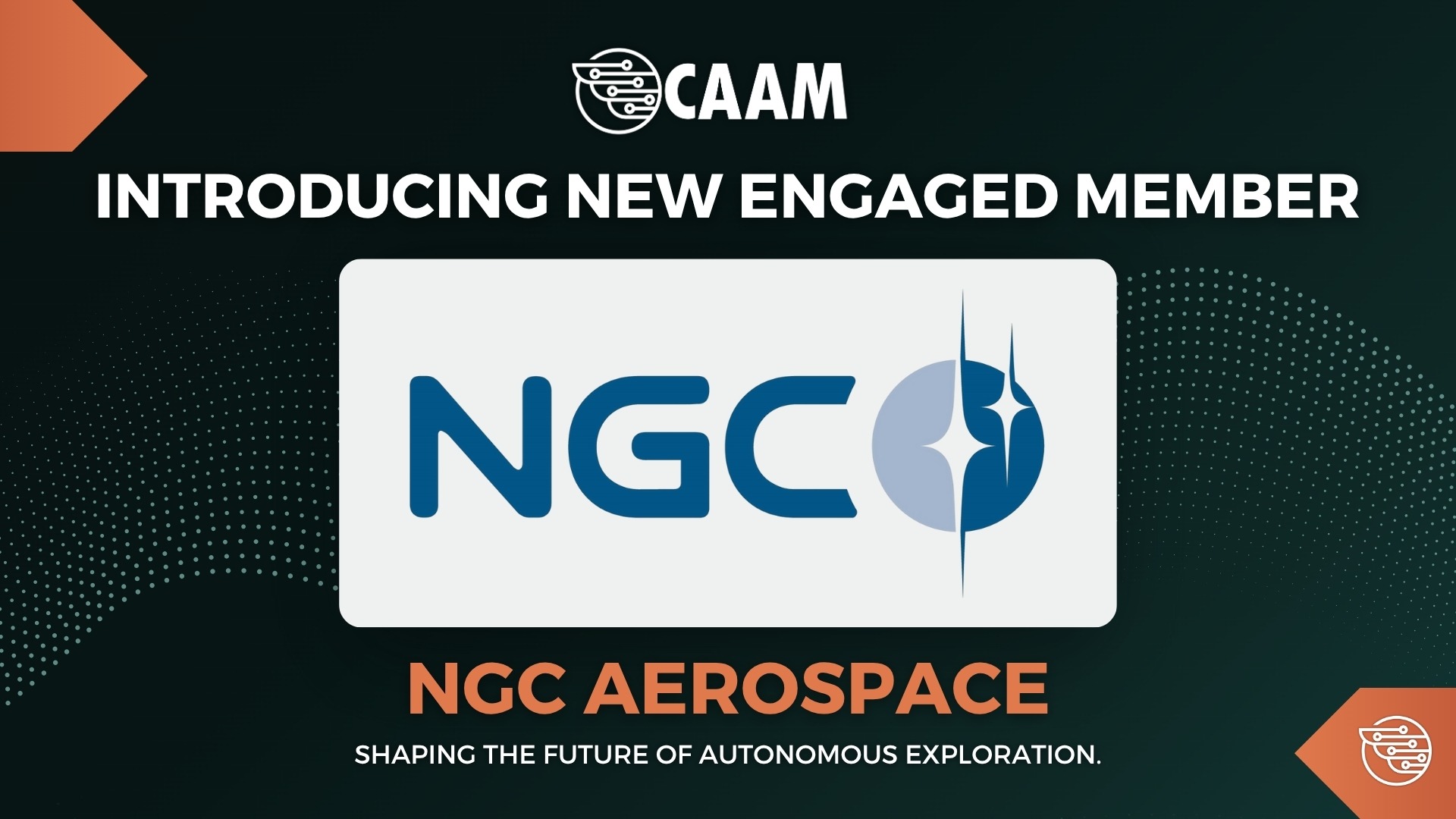 Advanced Air Mobility, aka AAM, is contradictory. On the one hand, it’s easy to understand, but on the other hand, it’s hard to understand.
Advanced Air Mobility, aka AAM, is contradictory. On the one hand, it’s easy to understand, but on the other hand, it’s hard to understand.
The name proves this point; it’s easy to understand the words separately, but when you group them, the confusion begins.
With that in mind, we at CAAM decided to create this six-part comprehensive guide on AAM.
For the next weeks, you’ll read a new chapter on the Comprehensive Guide to AAM. So please fasten your seatbelts and return your tray table to its full upright and locked position; we’re ready to take off.
Chapter 1: What is AAM?
AAM is the movement of people, goods, and services. Easy, right?
But you must be wondering, “This already exists, so why is AAM so revolutionary? And what is an air service anyway?”
AAM is disruptive and revolutionary because it moves people, goods, and services through the air. Services can be things like emergency medical transport or examining buildings or bridges for signs of wear and tears.
Again, I can hear you saying, “Again, this already exists. They’re called airplanes, helicopters, and drones.”
And you’re not wrong; the air mobility that exists today is the first step to AAM. However, CAAM aims to advance and improve air mobility.
Planes are enormous and need lots of space to take off and land. They need time and people at airports to operate.
Helicopters are smaller and need slightly less space and people, but they are still too big and highly noisy.
What makes AAM revolutionary is its ability to move through the air easier than taking a trip to an airport, cheaper than getting on a current flight, and more sustainable than flying with existing fossil fuels.
This industry, like many, is enabled by technology. We’re getting better at storing and using electricity and hydrogen to generate power.
We’re getting better at designing and making things quieter, lightweight, and strong under many conditions.
We’re also getting better at managing complex systems with the help of software, allowing us to help with not only flying aircraft but managing multiple aircraft, so they keep everybody safe.
Because of these characteristics, AAM ends as an umbrella term for many others, like Urban Air Mobility (UAM) and Regional Air Mobility (RAM).
UAM
UAM is revolutionary because it makes cities move in three dimensions—water, ground, and air. UAM is the solution for cities’ quality of life regarding transportation and mobility.
But obviously, there’s a lot to be done before UAM becomes a reality. For example, the industry is coming up with solutions daily to reduce the aircraft’s noisiness. And safety is also another vital issue, especially on an uncrewed aircraft.
Companies are addressing these issues to ensure that when UAM is ready to take flight, it will be as close to flawless as possible.
RAM
Regional Air Mobility, or RAM, promises to help connect people to communities more easily, efficiently, and quickly without needing major airports.
Whether you’re in a city and looking to get out or moving between communities that are not big enough to justify a current air travel route, RAM could help.
At CAAM, we’re particularly excited about the potential for RAM to help connect the many people in rural and remote areas of Canada, especially for indigenous peoples who are currently not well served by transportation.
Today, to move people, goods, and services to the farthest communities, there is a need to build infrastructure—roads and gas stations to trucks, buses, and cars; airports to planes, and ports for ships.
RAM eliminates this.
AAM requires far less infrastructure to operate, only a charging station, which means far less interference and more integration and respect. And RAM can even use already existing infrastructure, eliminating the need for new constructions.
Summarizing
AAM is an umbrella term that includes moving goods and services within cities (UAM) and between them and regional communities (RAM).
New developments in energy systems, manufacturing, software, and technology enable AAM to take flight. And when it’s ready to take off, AAM will have many opportunities to make the world better.
What’s next
Chapter 2 of the Comprehensive Guide to AAM: What is an eVTOL?
See you!
By Giovani Izidorio Cesconetto



